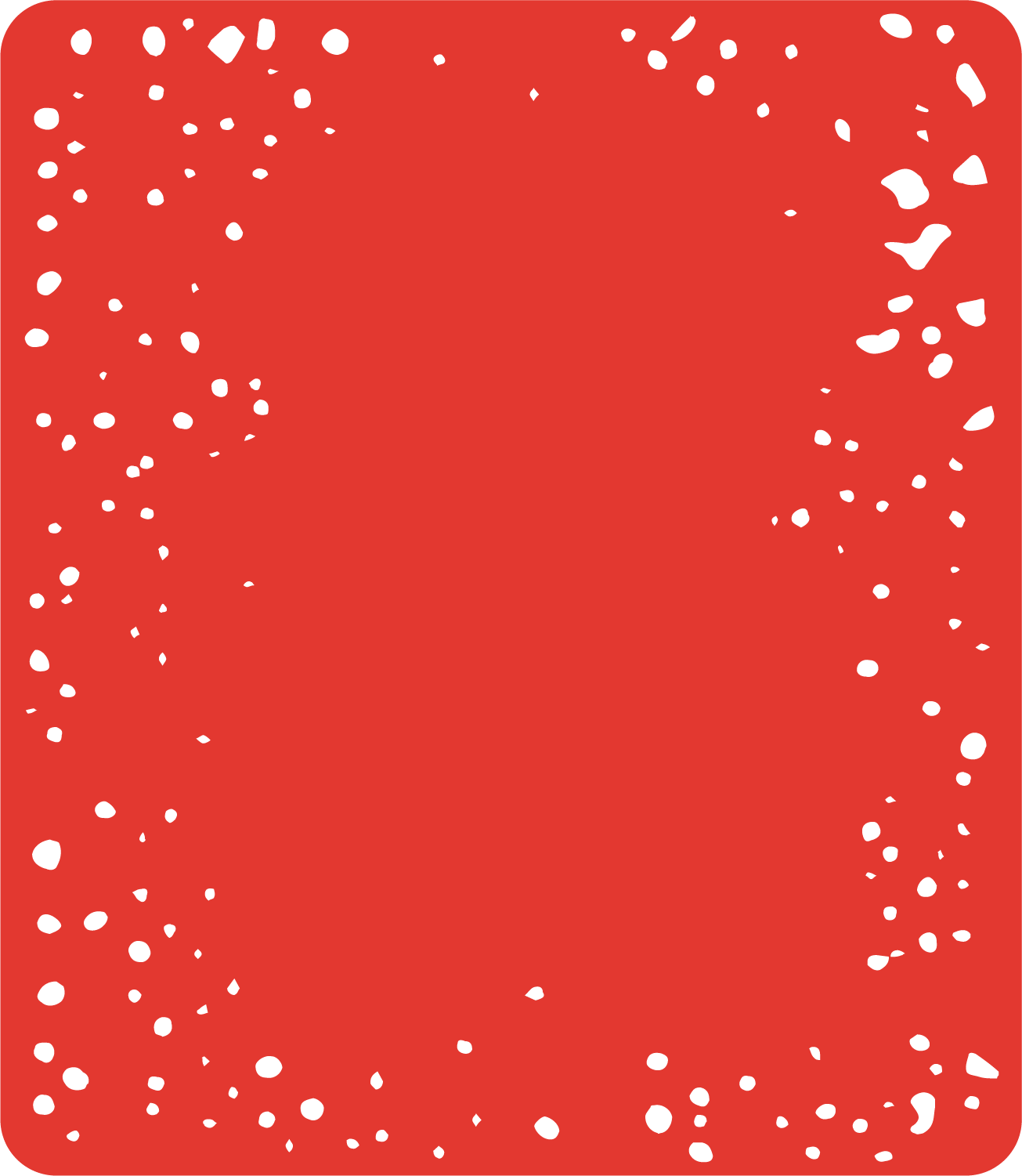
Fad or fake? How health trends cause misinformation
Practices like dry scooping are prevalent enough on social media to be deemed a “major public health concern.”

hen Erica Burns does her weekly pre-workout routine and dry-scoops, she has to be careful. If she takes the powder too late in the day, she can’t fall asleep. If she doesn’t have enough to eat beforehand, her body starts to itch.
The Syracuse University freshman is among many people who learned about dry-scooping through TikTok and decided to try it for themselves. In Burns’ case, it was TikTok creator Alani Nu who was her entree into dry scooping and, consequently, other wellness trends that flood the internet. Exercise is a big part of Burns’ life, and these tips and advice from influencers seemingly expanded the amount of time she could work out.
Dry scooping is a practice of consuming pre-workout powders containing caffeine and other supplements, such as creatine and Bloom, without water. For many, it’s an innocent wellness hack comparable to green juices or protein powders. But at the end of 2021, the trend blew up on TikTok, and doctors condemned it, labeling it dangerous and life-threatening.
Today, health fads like dry scooping are prevalent enough on social media to be deemed a “major public health concern,” according to a 2021 review article by researchers at the University of Cadiz in Spain. Misinformation, incorrect or misleading information, and disinformation, information meant to mislead, are especially common on social media.
The Cadiz study found the most common topics for health misinformation are vaccines, diets, drugs, communicable diseases, noncommunicable diseases and medical treatments. Posts encouraging disordered eating or extreme workout habits made up 36% of misinformation posts on social media. Some of the trends encouraged by these posters include dry scooping, salt water flushing and a variety of other methods touted for weight loss.
A salt water flush is the process of chugging salt water to detoxify your body to lose weight. TikTok creator Olivia Hedlund posted a tutorial outlining her method.
“Salt water flush: 32 ounces of lukewarm water, a teaspoon or two of good sea salt,” explained Hedlund on TikTok. “You wake up, you chug it, you lay down for 30 minutes and then you have to go to the bathroom. You feel yourself going to the bathroom, that’s how you flush your system.” Fellow TikToker Mandy Jones claimed to lose four pounds after the salt water-induced bowel movements.

Despite the stamp of approval from social media, experts refute these “detox” hacks. SU nutrition professor Jane Burrell considers salt water flushing a fad.
“I think it sounds ridiculous,” Burrell said. “We have so much sodium in our diet, and nobody needs extra. Our body is set to detox itself, so if we’re in a good state of health, our liver is doing that all the time and the bacteria does a good job in protecting us.”
In fact, experts say salt water flushes can be harmful to those who suffer from heart disease, kidney disease or diabetes.
Similarly, the effects of dry scooping range from risky to deadly. Swallowing large quantities of dry powder can lead to choking and difficulty breathing, according to the National Capital Poison Center. The excessive levels of caffeine in these powders can cause anxiety, tremors, heart problems and chest pain, especially for people with underlying health conditions.
Burrell said the supplement industry lacks regulation and that harmful ingredients such as steroids that can be added to these products.
Exercise science freshman Lydia Van Boxtel said trends like dry scooping also damage self-image.
“A lot of times these lead to unsustainable results and many of them are fad diets,” Van Boxtel said. “I think people often follow these trends because the influencers pushing them often have ideal body types and people want to look like that so they will believe what they tell them even if it is false information.”
The History of Health Scams
Health disinformation has been around since at least the 18th century when Connecticut physician Elisha Perkins sold devices meant to cure rheumatism and gout. Perkins claimed these devices, dubbed Tractors, were electromagnetic and would extract “electrical fluids” from the body to provide pain relief. The Connecticut Medical Society removed Perkins from its membership. Still, Tractors gained popularity in the United States, especially after President George Washington used one. At the turn of the century, an experiment disproved Perkins’ claims and became an early indicator of the placebo effect, a phenomenon where a patient’s health appears to be improving after taking a dummy treatment, attributed to the patient’s belief in or positive expectations for the treatment.
Scammers and snake oil salesmen also appear throughout American history. But the explosion of the unregulated advertising industry in the 18th and 19th centuries created a breeding ground for disinformation about health products pushed by businesses and newspapers.
Specifically, in the 19th century, “patent medicines” misled consumers. Patent refers to ingredients that are government protected for exclusivity. But these products, often called “quack” medicines, were only trademarked and not patented. Despite claiming to be more effective than competitors, their ingredients were like their competitors’ and often laced with alcohol or sugar. Many were manufactured by entrepreneurs and had little medicinal value, and many contained dangerous levels of narcotics or alcohol.
One such product was a “Botanic Blood Balm” that claimed to cure everything from eczema and rheumatism to cancer. The product was advertised in the Kentucky New Era and sold to consumers under the guise of “being thoroughly tested” and the promise of a free sample.
In fact, most newspapers dedicated pages to such advertisements. According to Cures and Curses: A History of Pharmaceutical Advertising in America, ads in the 19th century amounted to “approximately half of [a newspaper’s] entire advertising income.”
In 1906, Congress passed the Pure Food and Drug Act, which effectively banned the sale of patent medicines and became the foundation for the creation of the 1938 Food and Drug Administration (FDA). Today, the FDA regulates pharmaceutical drugs, food, cosmetic products, medical devices and more.
Prevalence of Health Scams on Social Media
Despite the Pure Food and Drug Act, disinformation persists and has sharply increased since the rise of the Internet and social media. An informal survey of about 80 college-age respondents from ages 18 to 24 found that more than half participated in general wellness trends that appeared on their social media feeds. Approximately 50% had previously heard of dry scooping and 22.7% of respondents took part in the trend.
When asked about any changes that occurred because of participating in these trends, the responses included admissions of eating disorders to admitting no change at all. One respondent noted, “I started to view working out as a ‘challenge’ that I should do in search of physical changes to my body instead of something that could empower me.” Another stated, “[Pre-workout powder] was a terrible experience [that] I only do out of necessity.”
The powerful influence of social media algorithms to suggest health-related social media posts and ads only attracts more interest.
“I noticed [health-related content ] on TikTok more than anything else with a lot of sponsorships from influencers and ads,” SU junior Mihika Gogate said. “Also, lots on Snapchat and gym-related content in general. I see Bloom Nutrition everywhere and Creatine sponsored content as well.”
Continuous exposure to content that frames health in the context of appearance severely impacts users’ mental and physical health. The Center for Countering Digital Hate (CCDH) noted that TikTok’s algorithm pushes out harmful content such as restrictive eating and photoshopped videos.
During summer 2020, Gogate followed a well-known health trend that became popular during quarantine — influencer Chloe Ting’s ab workout challenges.
“It was a good workout to be doing, but what she was pushing as results were not attainable just through her workouts,” Gogate said. “[It] created issues for myself and how I view myself. I did daily workouts but wasn’t seeing the same results.”
Social media companies face no liability for any disinformation on their websites, thanks to Section 230 of the Communications Decency Act of 1996. The act originated as a response to the debate on whether online platforms could be considered publishers for user-generated content. Section 230 states that a computer service provider cannot be treated as the publisher of any content provided by a third-party user of the service.
Websites and companies have immunity even if a registered user shares questionable or harmful content. Recently, however, calls for reform have been increasing both from the public and the government. In February, Congress reintroduced legislation to reform Section 230. CCDH CEO Imran Ahmed said disinformation results have real-life ramifications and it is necessary to take action. In a Senate press release, Ahmed referred to the bill and the importance of respecting people’s rights to life and safety.
In the current information age, disinformation is unavoidable, and for those like SU’s Van Boxtel, encountering it is common. While the reform bill could be beneficial in the online world, she warns of potential confusion among consumers.
“In the healthcare [industry], there are many ways to do things,” Van Boxtel said. “So people may not realize when they are spreading misinformation.”
When creators or even healthcare professionals give free information on social media, they aren’t speaking to specific individuals but a swath of people with their own histories and ailments. Government intervention can be helpful, but in a space as unregulated as the internet, it may be useless.
Ultimately, the power lies within audiences to possess a healthy amount of distrust and be cautious about who they follow and are influenced by.
